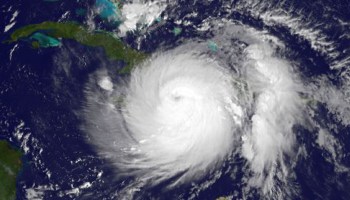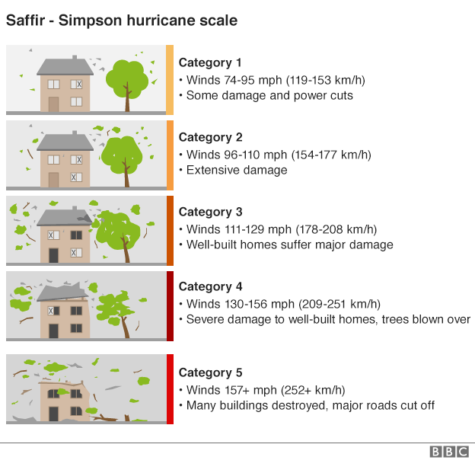The Threat of Hurricane Matthews

Just a couple of days ago, a small tropical storm was blowing around in the Atlantic Ocean. Meteorologists didn’t give it much more than a second glance, tropical storms in the Atlantic are not uncommon, and this one was not particularly strong. But, in just a few short days, this small, nearly harmless tropical storm grew into one of the worst hurricanes the world has seen since 2007, leveling out at a Category 5 hurricane.
Just two days ago, this behemoth of a hurricane, dubbed Hurricane Matthews, slammed into Haiti as a Category 4 Hurricane, destroying and flooding Villages and claiming over 840 lives. Very quickly, meteorologists realize what Matthew’s next target is: The Florida coast. It’s on a perfect collision course to ravage the coast of Florida, Georgia, and South Carolina.
Just today, on October 7, 2016, Hurricane Matthews finally hit the east coast of Florida as a Category 3 tropical storm, with winds of over 120 mph, or 195 km/h. This may not seem like much, but even a Category 3 Hurricane is enough to severely damage well-built homes and buildings (see graphic).
For the past week, Florida residents have been boarding up their windows, stocking up in food, water, and gas, and evacuating homes. Thanks to these procedures, the damage of the storm will be slightly less severe on human life in Florida. Over 800,000 Florida residents have been without power for the last day due to the storm.
Fortunately, the storm is projected to slow down to a Category 2 by the time it reaches South Carolina, and then downgrade again back to a simple tropical storm when it arcs back out into the Atlantic Ocean.
This is Jonathan Story, reporting live from his workspace, I guess.











